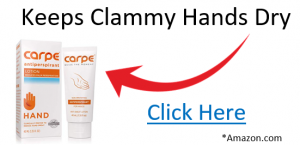How to Get Rid of Clammy Hands
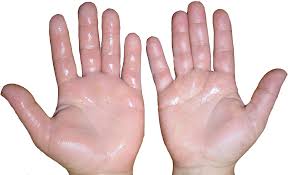
Having “clammy” hands is not only an embarrassing problem, but it can make everyday tasks more difficult. If this sounds familiar to you, you’re probably wondering how to get rid of clammy hands quickly so you don’t have to worry about that simple handshake from a colleague, or holding your date’s hand.
With these few simple tips, you can help control you clammy hands throughout the day so you can start living a normal life again.
First let’s find out…
What Causes Clammy Hands?
The medical term used for the condition that causes sweaty hands (commonly referred to as clammy hands) is known as “palmar hyperhidrosis“. This means that the sweat glands in your hands produce excessive moisture. (It’s not uncommon for it to also affect your feet, face, underarms, and groin as well.)
The root cause is believed to be connected to an overactive sympathetic nervous system, which is the system in your body that activates your sweat glands. Normally, a person sweats when their body is overheating from exercising, or they find themselves in a stressful situation. However, for those that have palmar hyperhidrosis, the sympathetic nervous system stays in overdrive. Unfortunately this condition is genetic.
However, there are some best practices for treating the symptoms.
5 Simple Ways to Get Rid of Clammy Hands Fast
1. Use a Hand Antiperspirant on your hands and palms. Not only is antiperspirant good for under your arms, but antiperspirant can work on your hands as well. There are special types of antiperpsirant lotions you can use such as Carpe Lotion, which prevents sweat from coming out of your glands. It’s safe and quite effective. (See our recommended antiperspirant lotion here)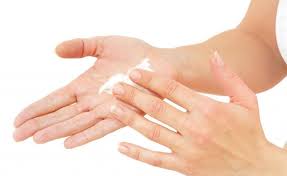
Tip: Make sure you don’t just use deodorant, which just covers up odor. Make sure it says “antiperspirant”. Those that have the active ingredient aluminum are more effective.
2. Wash your hands with cold water. You don’t have to use soap, as doing so often can lead to drying out your skin.
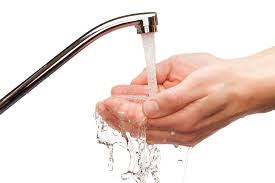
- You can also carry alcohol-based hand sanitizer (not antibacterial) with you for whenever you aren’t able to get to a sink. Alcohol evaporates quickly and will help dry up the sweat quickly.
- Keep a cloth or alcohol wipes with you so you can wipe your hands off when you’re anticipating a situation in which you’ll need dry hands (shaking someone’s hand, on a date, using gym equipment, etc.)
3. Use powder on your hands. Baby powder, as well as baking soda or corn starch works well. It can temporarily absorb the sweat before you participate in activities such as lifting weights, doing pull-ups, or other activities where you need dry hands.
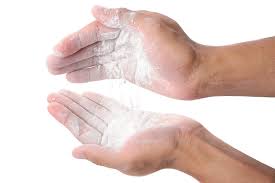
4. Cool your hands off. Whenever your body gets overheated, your hands are probably the first thing to get clammy. Putting the concentration on cooling them off first can help slow down the sweat glands on your hands. Here are a few good ways to do that:
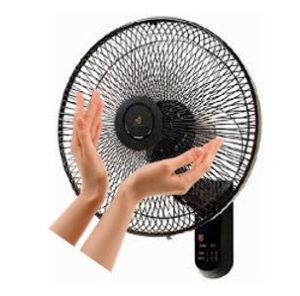
- Hold your hands in front of an air conditioner or fan to cool them off and help dry them out.
- Find a bathroom and run them under cold water. Dry them thoroughly with a paper towel.
5. Control Your Anxiety. Excessive sweating is often triggered by stress and anxiety. If you let yourself get worked up in a situation, your hands are likely to start perspiring. This is common when you’re on a date or in a situation such as a job interview. 
Take deep breaths and avoid thinking too much about the stressor. It takes practice, but eventually you can learn to control your anxiety through clearing your mind, meditation, and breathing exercises.
How to Get Rid of Clammy Hands Permanently
When it comes to stopping clammy hands for good, you may want to consider some alternative options. Here’s a list of treatment options you can pursue if you decide you want to stop this problem permanently.
1. Iontopheresis: This procedure might sound worse than it actually is. It”s actually a pretty common practice when it comes to treating sweaty hands.
During this process, your hands are submerged into water while an electrical current is sent through the water to your hands. The worst that happens is you feel a tingling sensation, but the procedure is painless.
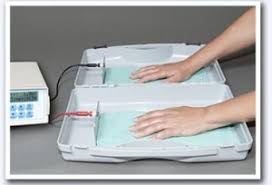
You can purchase a kit that you can use from home, or you can visit a specialist who can do it for you. If you do it from home, it’s a money-saving investment in the long run and you can use it any time you want from the convenience of your home.
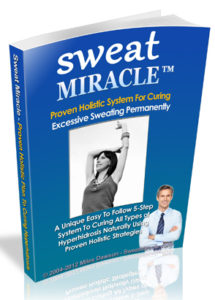 2. Holistic Treatment: Strong research has shown that by changing your diet and improving some of your lifestyle habits can have a huge impact on the amount you sweat, not only in your hands, but your entire body. We recommend the home treatment program by researcher and nutritionist, Miles Dawson, who spent over 11 years researching a way to help people overcome hyperhidrosis naturally. You can learn more about his Sweat Miracle system here, which includes one-on-one counseling and a full 60-day money back guarantee.
2. Holistic Treatment: Strong research has shown that by changing your diet and improving some of your lifestyle habits can have a huge impact on the amount you sweat, not only in your hands, but your entire body. We recommend the home treatment program by researcher and nutritionist, Miles Dawson, who spent over 11 years researching a way to help people overcome hyperhidrosis naturally. You can learn more about his Sweat Miracle system here, which includes one-on-one counseling and a full 60-day money back guarantee.
3.) Botox Injections: Botox is commonly used in the medical field to treat excessive sweating of all sorts, including hands. Not only are they good for smoothing wrinkles and plumping up the lips, but they can be used to block the nerves that cause sweating. The downside of Botox injections is that it can be painful and you have to keep going back for more injections.
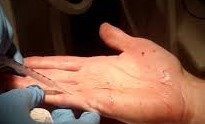
4.) Oral Medication: Medicines known as anticholinergics can be taken to help reduce the amount of overall sweat your body produces. You shouldn’t take this type of medication if you’re an active person or participate in physical activities. Keep in mind that this kind of medicine can cause dry mouth and other side effects.
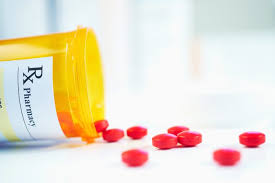
5.) Sympathectomy: This is a surgical procedure that involves removing the nerves inside the chest to permanently disconnect the nerve signal that control’s your body’s sweating.
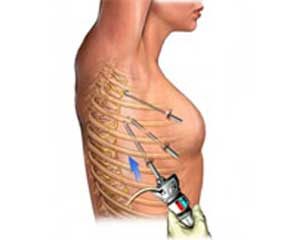
Some of the drawbacks are:
- It’s permanent.
- It’s risky.
- Other parts of your body may increase in sweat production as to “compensate” for under-producing in the place that you stopped. (This happens in about 50 percent of cases.)
